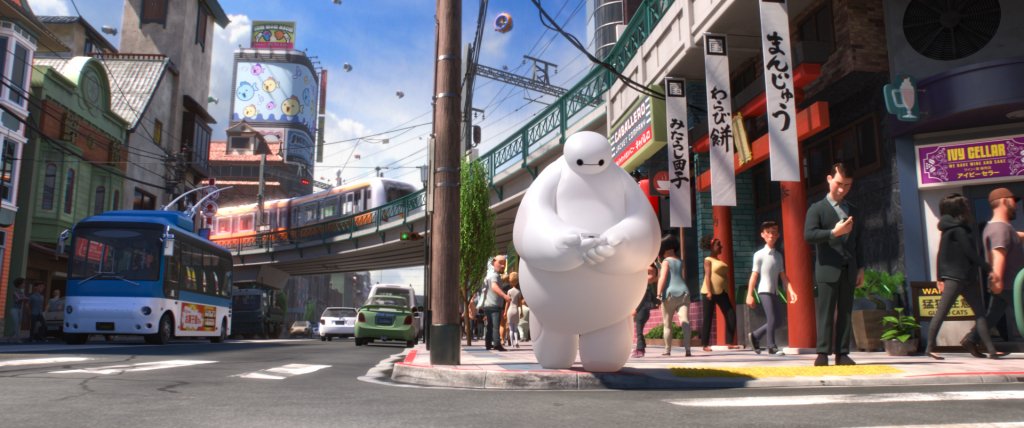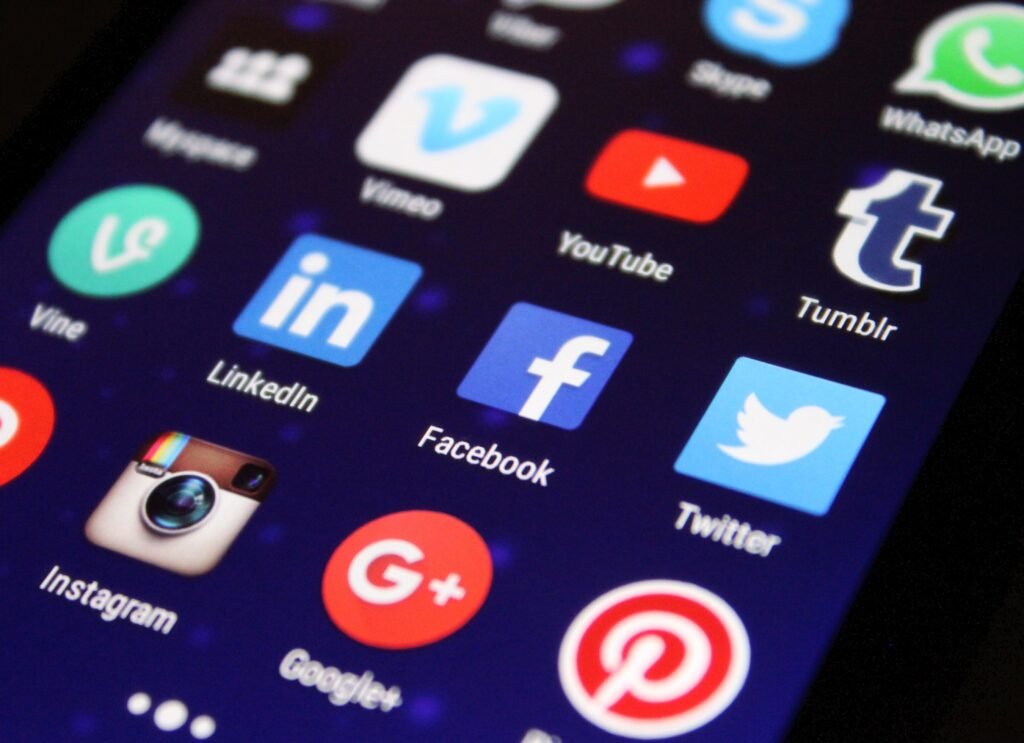Big Hero 6 review- techfameplus

Big Hero 6 review- techfameplus
Iron Man is not in this movie. We should get that out of the way right up front. But if you liked Iron Man, and the idea that someone can create wondrous and deadly things with technology appeals to you, then you might like Big Hero 6. This is a story about robots big and small, but it’s also one about friendship, loss, and trying to fix things that cannot always be mended. It manages to deliver in most of those areas with humor and without being preachy. And yes, there’s a big, rubbery robot that can fly.
This is the first Disney Animation Studios film to make use of the Marvel universe since Disney snapped it up for $4 billion five years ago, but it exists in a strange realm that has nothing else to do with other Marvel worlds or characters (like Tony Stark). Instead, we have San Fransokyo, a vibrant amalgam of San Francisco and Tokyo. The iconic Golden Gate Bridge, for instance, has been mixed up to look like it’s part pagoda. Disney has been equally creative with its source material. Big Hero 6 is the namesake of an obscure Marvel comic book series, though the film, which is directed by Don Hall (director of 2011’s Winnie the Pooh) and Chris Williams (who directed 2008’s Bolt), diverges from that mythology. Some of the characters are the same, but have different abilities and backstories, making this film original in its own right. That’s not to say it doesn’t follow many of the same superhero movie tropes, which makes it a good primer for filmgoers who may be too young to see something like The Avengers. And to be perfectly clear, this film is largely aimed at kids, though like many other Disney films it’s something adults will enjoy.

People in San Fransokyo fight robots for money, and the main character, Hiro Hamada, has built one so good it makes short work of its opponents, ripping them limb from limb. But his older brother Tadashi wants Hiro to leave behind the seedy alleys of the city to come join him at the San Fransokyo Institute of Technology. Part of his pitch involves showing him Baymax, a large, white inflatable robot that Tadashi invented to serve as a portable doctor. Realizing he could be building similar projects, Hiro decides he wants in.
But for Hiro, it’s not as simple as writing an essay about his summer vacation to get into this college. The university requires him to come up with something to wow the program’s professor. Hiro’s answer are tiny robots that can be controlled by thought. Hiro believes that the microbots could be useful for things like transportation and construction, and his demonstration of those possibilities is one of the film’s most memorable scenes. That demo sets off a bidding war between people who want to develop the technology commercially, and those who want it for science.

The movie escalates from there, introducing a masked man named Yokai, our antagonist and genuinely one of the scariest villains to grace a Disney film in years. Donned in black and wearing a white kabuki mask, Yokai’s stolen Hiro’s microbots, and produces a seemingly never-ending sea of them that he wields (often poorly) as weapons. With the help of Baymax, and several students, Hiro forms a rag-tag group to face Yokai, each of them using technology they’ve cooked up in the university’s labs to give themselves unique powers.
- android
- android games
- apk games
- best design
- best game
- Big Hero 6 review- techfameplus
- featured
- free game
- free games
- mobile
- template design

Best Apps to Have on your Phone - Both iOS and Android

Real Estate Social Media Post Design

Incoming Harvard College Students Admissions Essay Goes Viral On Tiktok

Essay Writing Service You Presumably Can Trust

Expert Installation: Tips for Choosing Air Conditioning in Brisbane

How to Maintain a Rotary Vane Air Compressor

Pet Hospital Logo Design Samples

